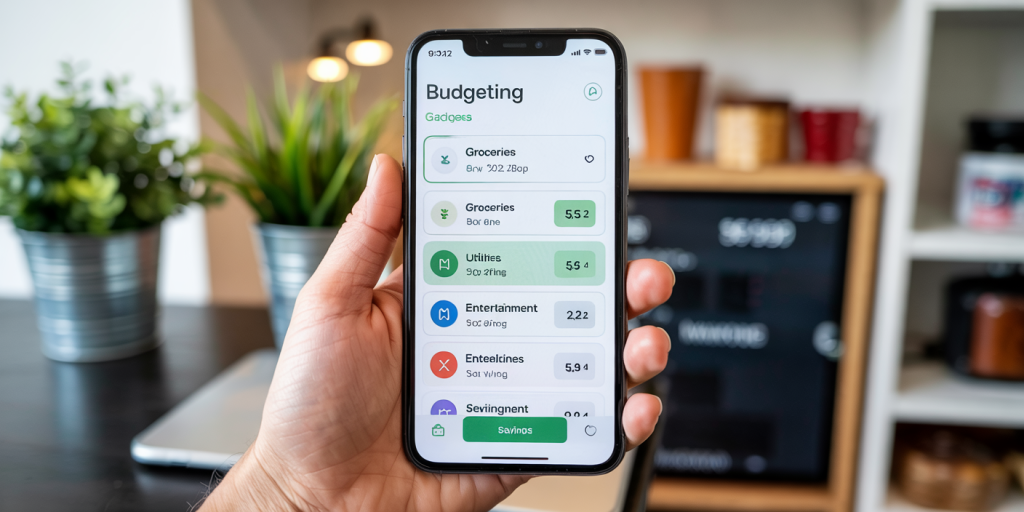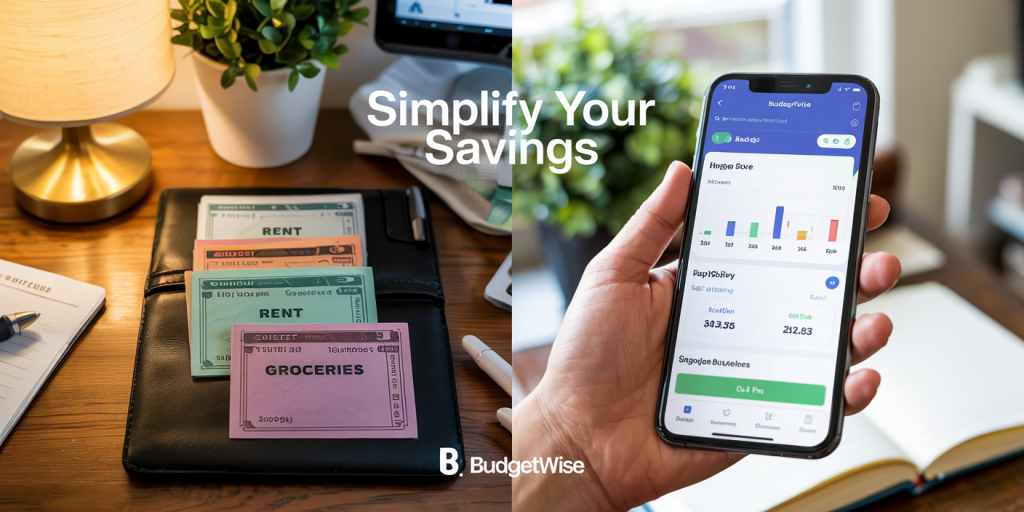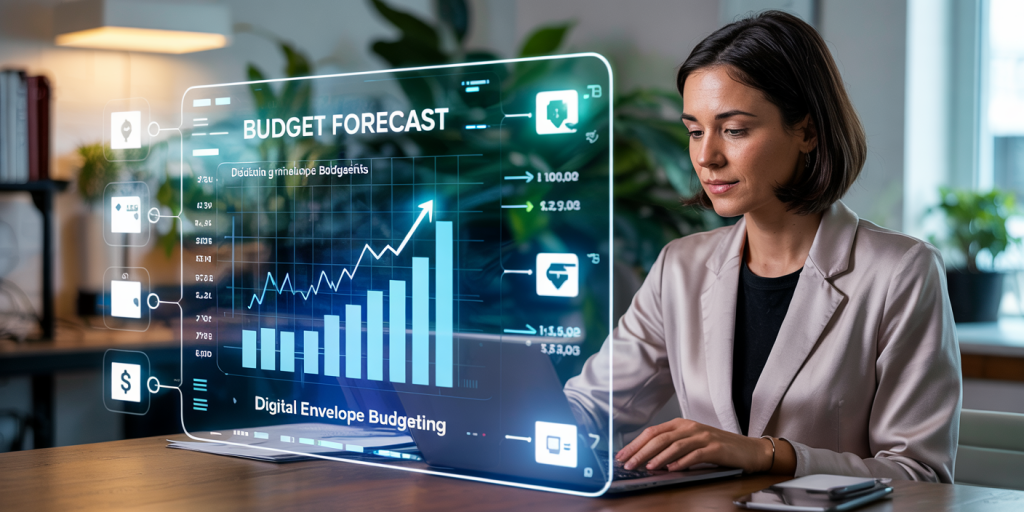How to Use the Envelope Budgeting System in a Digital World
In recent years, personal finance management has seen a remarkable transformation thanks to digital tools and automated systems. However, one traditional budgeting technique—the envelope budgeting system—remains popular due to its simplicity and effectiveness in encouraging mindful spending. This method, which involves allocating cash into physical envelopes designated for specific expense categories, has been adapted to fit the digital era. Understanding how to utilize the envelope budgeting system in a digital world offers a practical approach to controlling expenses while leveraging modern technology’s convenience.
Envelope budgeting helps individuals physically limit their spending by restricting the amount of money available for each category. While the traditional approach involves actual cash envelopes, most people today prefer handling their finances digitally. Mobile apps, online banking features, and budgeting software have stepped in to provide virtual envelopes. This fusion preserves the method’s core benefit—allocating limited resources per category—while making it easier to manage and track funds with real-time data.

The Fundamentals of the Envelope Budgeting System
The envelope budgeting system works by dividing your monthly income into different spending categories, such as groceries, utilities, entertainment, and savings. Each category receives a set amount of money placed in a corresponding envelope. Once the money is gone from an envelope, spending in that category stops until the next budgeting cycle. This enforces discipline by visually and tangibly limiting expenditures.
In a digital adaptation, instead of using physical envelopes, you create “virtual envelopes” within a budgeting app or spreadsheet. For example, apps like Goodbudget, YNAB (You Need A Budget), and Mvelopes mimic the envelope system by allowing you to allocate funds digitally for each category while tracking your actual spending against those budgets. This digital method maintains envelope budgeting’s principle of controlled spending but adds benefits such as data synchronization, instant alerts, and detailed reports on your financial habits.
Advantages of Digital Envelope Budgeting Over Traditional Methods
One core advantage of digital envelope budgeting is convenience. Physical envelopes can be lost, are cumbersome to carry, and only update manually. Digital tools sync your data with your bank accounts and credit cards automatically, providing an up-to-date view of your spending in each category. This enables proactive financial management, helping avoid overdrafts and unexpected shortfalls.

Moreover, digital envelope budgeting supports better record-keeping and data analysis. Many budgeting apps offer analytics features that identify spending trends, reveal hidden expenses, and suggest budget adjustments based on historical data. For instance, a 2023 survey by Finder.com indicated that 68% of users found digital budgeting apps improved their ability to stick to budgets compared to cash-based approaches.
The table below summarizes the key differences between traditional envelope budgeting and its digital counterpart:
| Feature | Traditional Envelope System | Digital Envelope System |
|---|---|---|
| Physical Management | Actual cash placed in envelopes | Virtual envelopes managed in apps |
| Expense Tracking | Manual, based on physical receipts | Automatic, integrated with bank data |
| Portability | Limited by carrying physical envelopes | Accessible anywhere via smartphone |
| Record Keeping | Paper-based, prone to loss | Digital logs with search and analytics |
| Adjustment Flexibility | Requires manual reallocation | Real-time budget adjustments possible |
| Security | Cash at risk of loss or theft | Digital security and data encryption |
Setting Up a Digital Envelope Budgeting System
To implement the envelope system digitally, start by assessing your monthly income and list your expense categories. It’s critical to be as detailed as possible—common categories include rent/mortgage, utilities, groceries, dining, transportation, entertainment, debt repayment, and savings.
After determining your categories, allocate funds for each envelope based on your expected monthly costs. For example, if your monthly grocery bill averages $400 and your dining out expenses are around $150, assign these amounts within your budgeting app. Always include a buffer for unexpected expenses, like car repairs or medical bills.
Choosing the right platform is equally important. Goodbudget is a popular app that lets users link envelopes to bank accounts and manually sync expenses, perfect for those who prefer oversight. Alternatively, YNAB emphasizes giving every dollar a job and adopting a proactive mindset by encouraging users to budget future income and adjust envelopes weekly.
Consider a practical example: Sarah, a 30-year-old marketing consultant, uses YNAB to manage her household budget. She digitally creates envelopes for rent, utilities, groceries, entertainment, and savings. Each week, she reviews her spending and adjusts budgets based on actual expenses. When unexpected medical bills arose, she reallocated money from entertainment envelopes rather than exceeding total budget limits. This prevented additional credit card debt and allowed her to maintain financial stability.
Best Practices for Effective Digital Envelope Budgeting
Successful digital envelope budgeting depends on consistency and realistic allocations. Setting overly strict budgets can backfire, increasing the likelihood of budget fatigue and overspending. It’s essential to regularly review spending patterns and make informed adjustments.
Another critical practice is integrating the envelope budgeting system with your bank accounts and financial institutions. Several budgeting apps allow read-only linkages, meaning your expense data automatically updates within your virtual envelopes, reducing manual entry errors and improving accuracy.
Moreover, recording every transaction promptly helps maintain budget integrity. For instance, if you use a credit card for gas, immediately categorize the transaction into your “transportation” envelope, ensuring the app reflects your remaining funds. Delaying this step can distort your budget and lead to overspending.
Data from a 2022 study by the National Endowment for Financial Education (NEFE) found that individuals who used apps incorporating envelope budgeting principles were 30% more likely to adhere to their budgets and reported a 20% reduction in impulsive spending.
Overcoming Challenges in Digital Envelope Budgeting
While digital envelope budgeting offers numerous benefits, it is not without challenges. One common difficulty is the temptation to overspend by transferring money between envelopes easily when using virtual funds. Without cash’s tangible feel, some users may psychologically feel less restraint.
To combat this, many apps include features to limit transfers or set alerts when approaching envelope limits. Establishing personal rules, such as only transferring money once a month or under specific circumstances, can restore discipline.
Technical issues and learning curves also pose barriers, especially for less tech-savvy users. Selecting user-friendly platforms and utilizing tutorial resources can minimize frustration. Additionally, privacy concerns exist as these apps often require bank account access—choosing apps with strong data encryption and transparent privacy policies is crucial.
Consider John, a recent college graduate who struggled initially with app-based envelope budgeting. He frequently moved funds to cover “fun” expenses, undermining the system’s intent. After enabling spending limit alerts and committing to weekly budget reviews, John regained control and cut unnecessary discretionary spending by 15% within three months.
Future Perspectives on Envelope Budgeting in the Digital Age
The digital envelope budgeting system continues to evolve, driven by advancements in artificial intelligence, machine learning, and open banking technologies. Future developments will likely enhance personalization and automation. For example, budgeting apps might employ AI to predict future spending across envelopes and proactively recommend adjustments, helping users balance cash flow more effectively.

Integration with emerging payment technologies like digital wallets and cryptocurrencies could further streamline envelope budgeting, allowing seamless allocation and spending across multiple currencies and platforms. Moreover, social features might enable community budgeting where family members or couples collaboratively manage shared envelopes in real-time.
Digital envelope budgeting is also expected to become more embedded within comprehensive financial wellness programs. These programs could connect envelope budgeting with investment advice, debt management, and financial education to provide holistic support. According to a 2024 report by Deloitte, 73% of consumers expressed interest in financial apps with integrated budgeting and coaching features, indicating significant demand for multifunctional platforms.
As financial landscapes grow increasingly complex, the envelope budgeting system’s core principle of controlled, category-specific spending remains invaluable. Digital innovations will make this accessible to broader audiences, combining tradition’s proven wisdom with modern-day convenience and intelligence.
By leveraging digital tools while respecting the envelope budgeting system’s foundational rules, individuals can improve their financial discipline, reduce impulsive spending, and achieve better money management outcomes in the 21st century. Whether a young professional like Sarah or a recent graduate like John, digital envelopes empower users to turn budgeting from a chore into a strategic part of everyday life.
